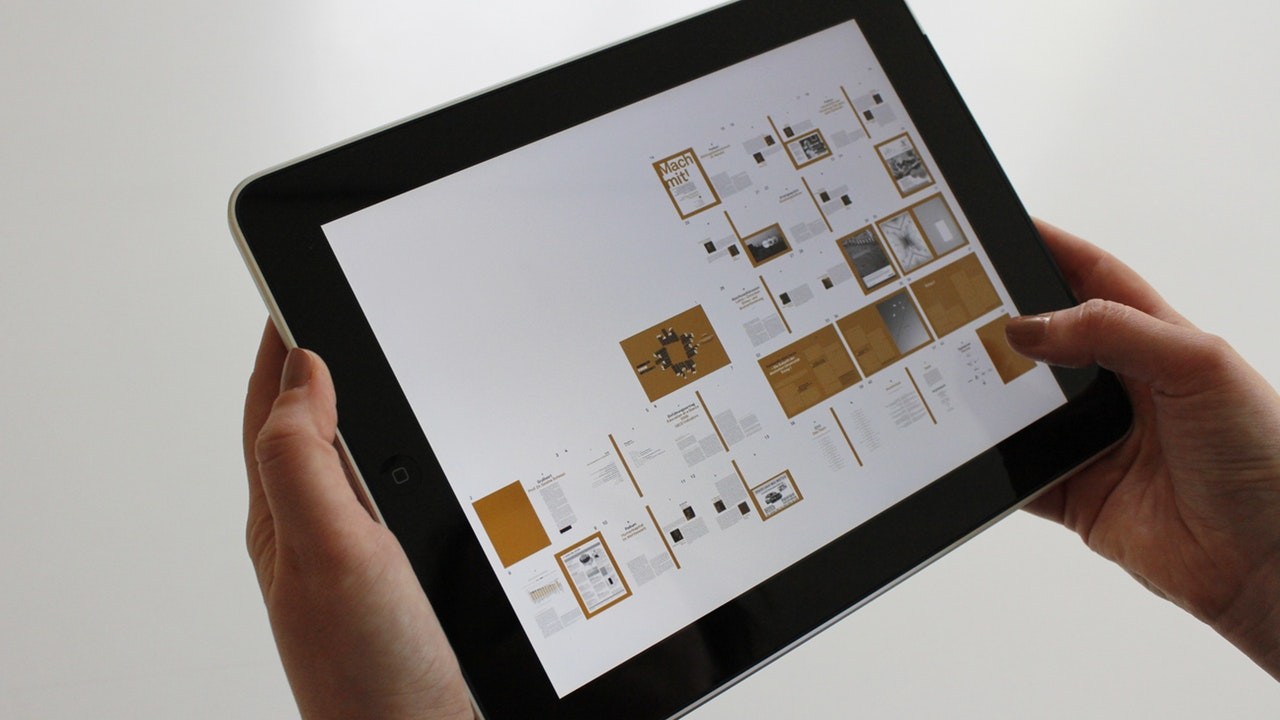Attitude can certainly be influenced by digital knowledge and skills, but it does not end in practical ability, and indeed can be motivated by many other factors and equally lead to growth areas even in the absence of particular previous skills.
But how do we evaluate the attitude towards digital? How do we understand if our people have the right approach to ride the wave of digital transformation?
There is the Digital Attitude Questionnaire, a self-assessment tool that reveals the digital mindset by investigating attitudes, assessed as psychological tendencies expressed through a certain degree of favor or disadvantage towards a particular topic.
But the digital environment is particularly vast and equally are all the topics and skills to which it refers. Therefore, to focus the digital elements to be evaluated with our tool, we have chosen to refer to the DigComp framework, considering its reliability and its diffusion at European level. The framework consists of 5 areas of competence, each of which is deepened with specific descriptions of different skills, examples and good practices. In these areas it is important to develop both the technical skills to act, but also and above all the mental structure that motivates the action and allows the concrete application of those skills, as well as the drive to update them, translating into attitudes towards the digital world.The heart of the digital mindset, therefore, lies not only in possessing the knowledge and skills to use technologies, but above all lies in having an open and available attitude towards the digital world, which motivates to act accordingly by making choices oriented towards innovation.
The Digital Attitude Questionnaire investigates the digital mindset by collecting responses to 45 items that make up 7 scales to evaluate just as many dimensions. The questionnaire is delivered online, offering original graphics and allowing, at the end of the compilation, the timely display of the personal report and associated dynamic charts.The tool assesses attitudes towards the following areas, borrowed from the European DigComp report:
- Information and Data literay: investigates openness towards the advantages in the use and analysis of computer data and information in digital format;
- Digital content: refers to the creation, modification, reworking and use of digital content, as well as to the development of ideas through new technologies;
- Digital communication: focuses on the attitude towards digital communication methods and techniques and on the trend towards social relationships conveyed by new technologies;
- Digital security: refers to ideas relating to the reliability of digital protocols, the protection of computer data and privacy;
- Problem solving: investigates openness towards new digital challenges, the push towards solving complex problems and proactivity in proposing solutions in unusual situations.
In addition to the evaluation of these dimensions, the questionnaire provides two additional scales that aim to evaluate the type of motivation that pushes towards digital and these are:
Extrinsic motivation: describes a drive to act promoted by instrumental purposes and indicates the commitment made in the activity to obtain external benefits or avoid unpleasant consequences. In this context, it refers to the perception of the usefulness of new technologies in terms of efficiency, new opportunities and advantages of digital.
Intrinsic motivation: describes a drive to act independently of external incentives (rewards, punishments, etc.) and indicates the set of positive feelings associated with carrying out an activity in itself. In this context, it refers to
interest and satisfaction in the use of digital technologies.
At the end of the compilation, the questionnaire provides a description of a particular profile to create engagement and stimulate the respondent's self-reflection. The presence of different scales allows to provide descriptions that highlight the participant's mindset by crossing the scores on the areas of competence and motivation. The profile report opens with a brief description focused on the digital area that characterizes it and the level reached. The general evaluation of the digital mindset follows, provided by the score obtained on all the items of the questionnaire, on the basis of which the participant is inserted in one of the three expected ranges (low, medium or high). Subsequently, the report describes the details relating to the attitudes towards each of the five DigComp areas based on the scores obtained in that specific area of digital, accompanied by a radar representation through a dynamic graph that allows you to view your level on each area of expertise. Following is the description of the motivation that pushes to adopt or not digital behaviors, which is based on the joint evaluation between the score of intrinsic motivation and that of extrinsic motivation, accompanied by an explanatory Cartesian graph.
The purpose of the Digital Attitude Questionnaire is to investigate the digital mindset by evaluating attitudes and motivations.
For an individual point of view, it can be useful for personal self-assessment, to reflect on one's attitude towards new technologies and the changes they bring; from the company point of view, it can be useful to discover the mindset of its employees and have an additional element to guide the development of personnel in a digital sense.
Are you curious to discover more about your digital mindset?
If so, do not hesitate to contact us!



